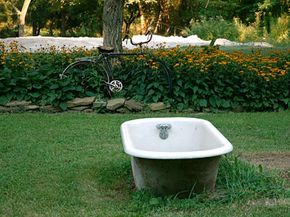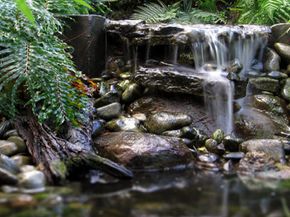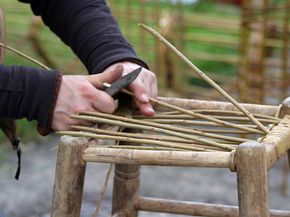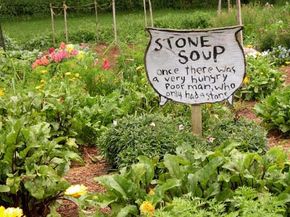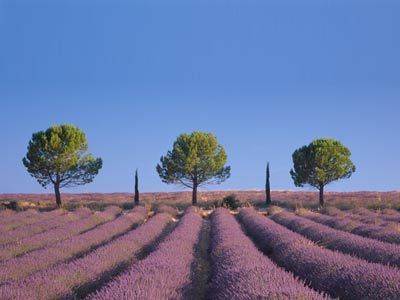Garden décor is one of those areas where beauty is in the eye of the beholder. But the unusual things that make you take your foot off the gas pedal to stare as you drive by someone's yard deserve some admiration too, even if they don't remind you of an English country garden. The fiercely trimmed lawns and clipped hedges of the 1950s have given way to a new interpretation of the garden as an area for self-expression. With many people building outdoor kitchens and family rooms, garden kitsch is finding a new, green place in our collective consciousness. Twenty years ago, we may have laughed at the neighbor who put plastic flowers in his flowerbeds, but he was probably ahead of his time. Anything goes in the garden nowadays -- from the classical to the absurd -- and it's all in good fun.
In the next few pages, we're going to take a look at a few new twists on some old garden favorites, meet some unexpected additions to our outdoor landscapes and celebrate the weird and wonderful in our exploration of unexpected gardening decorations. A warning though, some of it will probably seem chilling, bizarre and downright ugly. Remember, one man's trash . . . but you know the rest.
Advertisement
In the next section, we'll learn why fences, doors and gates in the garden sometimes go nowhere.
